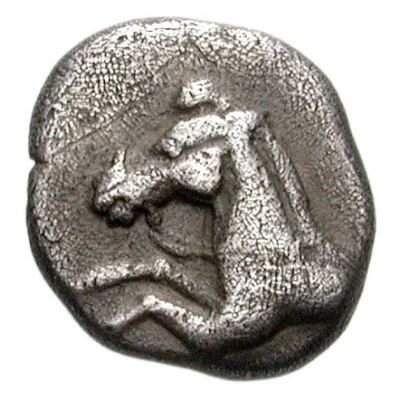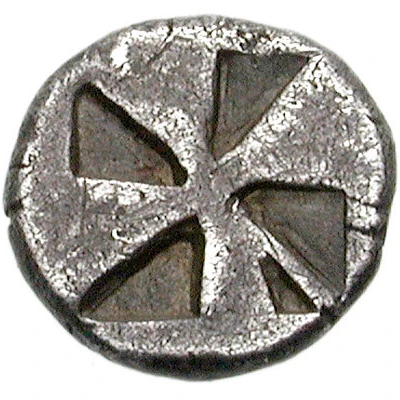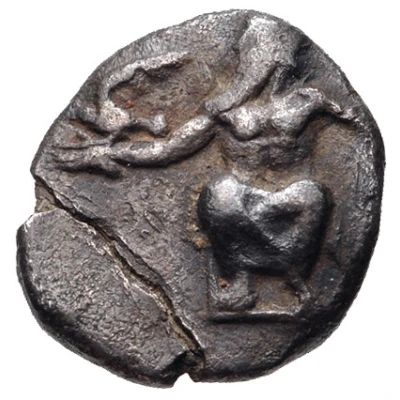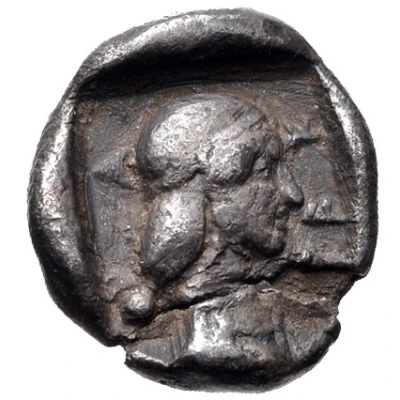


© Classical Numismatic Group, Inc.
Obol 460 BC - 440 BC
| Silver | 0.88 g | 9.0 mm |
| Issuer | Kleitor (Arkadia) |
|---|---|
| Type | Standard circulation coin |
| Years | 460 BC - 440 BC |
| Value | Obol (⅙) |
| Currency | Drachm |
| Composition | Silver |
| Weight | 0.88 g |
| Diameter | 9.0 mm |
| Shape | Round (irregular) |
| Technique | Hammered, Incuse |
| Demonetized | Yes |
| Updated | 2024-10-09 |
| Numista | N#144614 |
|---|---|
| Rarity index | 100% |
Reverse
Quadripartite incuse square divided diagonally
Interesting fact
The Obol coin was used as a form of currency in ancient Greece, specifically in the city-state of Kleitor in Arkadia. It was made of silver and weighed approximately 0.88 grams. Despite its small size, the Obol coin played a significant role in the economy of the time, as it was used to purchase everyday goods and services. Its design featured an image of a bull's head, which was a symbol of strength and fertility in ancient Greek culture. Today, the Obol coin is a valuable collector's item and a testament to the rich history of ancient Greece.



